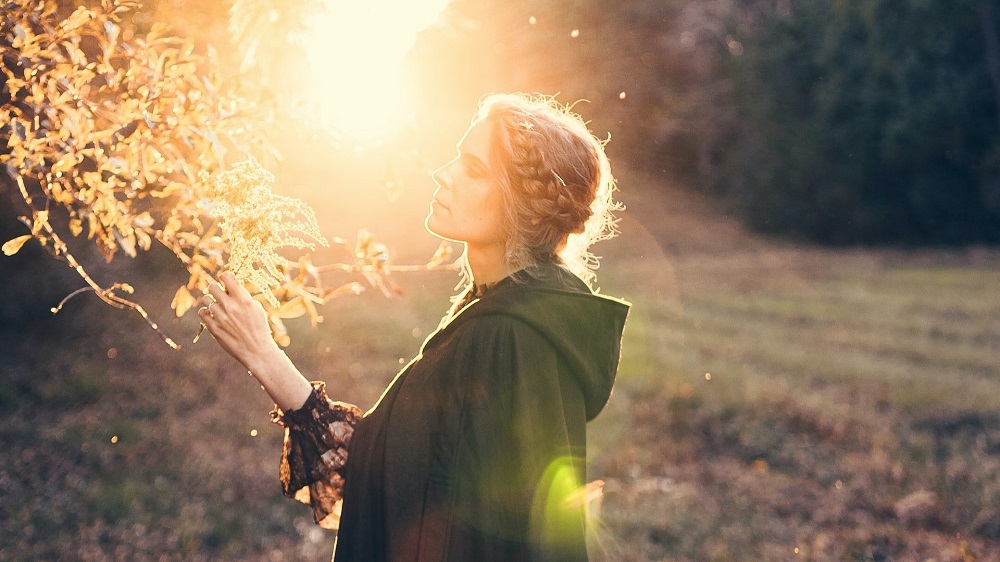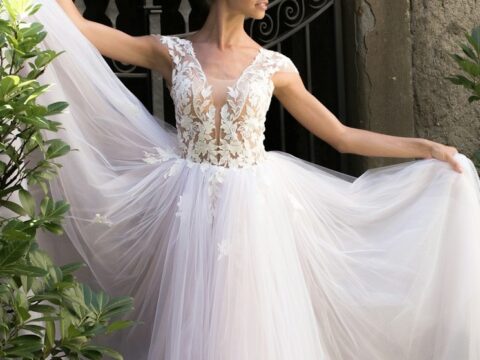A few weeks ago, I wrote an article about hunger in fairy tales, a topic I’ve wanted to tackle for quite a while. As I was researching all the fairy tale food references, I stumbled across an obscure story I haven’t thought about in years: Tatterhood from Norway. This story is a classic Aarne-Thompson folktale type 711—about beautiful and ugly twins—collected by Norwegian folklorists Peter Christen Asbjørnsen and Jørgen Moe in the mid-nineteenth century. And it’s a pretty fantastic little fairy tale if you ask me.
I admit that I’d never actually read it until recently, but I had heard of it. In fact, my very first exposure to it was on a childhood field trip . . .
One of My Earliest Jaunts to the Theater
I’ve loved live theater and musicals from a very young age. My parents took me to see Cats when I was only seven years old. That night is branded into my memory as the most exciting thing that had happened to me up to that point in my life. But even before that, I remember my entire kindergarten class going to see a play.
Kids are always thrilled to do anything other than sit at a desk, so the whole class was excited. I remember distinctly that minutes before the show started, a girl in my class fell face-first into one of the metal theater chairs and had to go to the emergency room. (She showed up the next day with stitches across her eyelid. Yikes.) Fortunately, the other thing I remember is that the play—an onstage version of Tatterhood—WAS AMESOME.
Right from the moment the curtain lifted, my little writer brain was completely engaged in this story of a king and queen and their two princess daughters. The pretty one was nice enough, but the kids were all rooting for the ugly, rambunctious one who rode around the stage on a goat whilst brandishing a wooden spoon. What kid wouldn’t root for her?
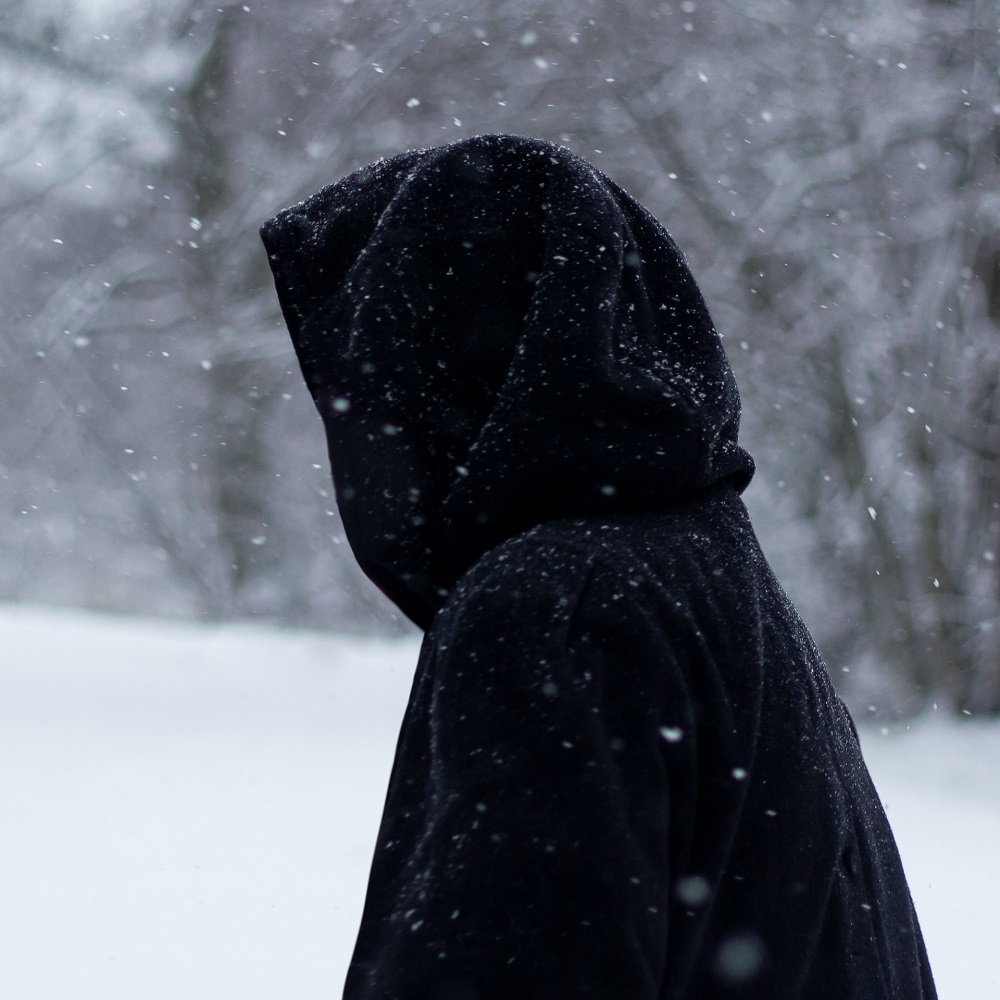
For those of you who’ve never heard of Tatterhood in your life, let’s back up. Because the story is absolutely wonderful and has some of the best tropes of any fairy tale. It’s also definitely a weird one, but don’t say I didn’t warn you.
As Always, Tatterhood Begins with a Childless Queen
Don’t the great ones always start this way? So a king and queen can’t seem to conceive a child, and the queen is in such despair that even the sound of children being scolded by their mothers fills her with longing. The baby hunger is strong here.
The queen finds a temporary solution for her misery by adopting a little girl to raise as their own. One day the queen looks out her window to see her adopted daughter playing in the yard with a beggar girl. Affronted that her ward would play with another child so below her station, the queen tries to shoo the dirty little playmate away. But the girl informs Her Majesty that if you knew of my mother’s powers, you wouldn’t send me away . . . Turns out the beggar woman has magical abilities that will help the queen conceive. In any other circumstances, I’d guess that the queen is about to get hustled big time. But this is a fairy tale! So therefore all her prayers have been answered.
It’s worth noting that the queen’s adopted daughter disappears from the story at this point. I suspect the royal ward was a plot device to get her queenly mother introduced to the beggar woman. There are versions of Tatterhood in which the ward is simply the queen’s niece visiting the palace. Or where the queen meets the beggar by chance. Personally, I think that the inclusion of the royal ward playing with the dirty beggar girl, who the queen shuns, is strong foreshadowing for what comes next . . .
A Bizarre, Enchanted Pregnancy
The queen bids the little beggar girl to bring her mother, but the magic beggar won’t admit to having powers. It’s not until the queen gives her a bit to drink that the woman divulges her magical instructions. The queen must take two pails of water, wash herself in them, then throw the water under her bed. In the morning, she will find two flowers growing under there: one beautiful and one ugly. The beggar explicitly instructs her to eat ONLY the beautiful one and leave the ugly one alone.
I’m not gonna lie, part of me wonders if there was some reverse psychology going on here. After all, the beggar woman probably heard all about the queen spurning her little daughter and trying to drive her away. You have to wonder if the two flowers stunt was a trap to teach the queen a lesson.
You can probably guess what happens: the queen follows the beggar’s instructions to the letter. Except once she eats the beautiful flower, she gobbles up the ugly one too. It’s unclear whether she does this because of gluttony, some kind of supernatural temptation, or plain spite toward the beggar’s low station. But the deed is done. And the queen falls pregnant immediately.

The Royal Mother Gets Way More than She Bargained For
As you’ve probably guessed, eating the two flowers has consequences. First, the queen is having twins. And the labor doesn’t go quite as planned . . . To give you the full effect, I have to quote the fairy tale verbatim:
Well, sure enough, after a while the queen was brought to bed. First of all, she had a girl who had a wooden spoon in her hand, and rode upon a goat. She was disgusting and ugly, and the very moment she came into the world she bawled out “Mamma.”
“If I’m your mamma,” said the queen, “God give me grace to mend my ways.”
“Oh, don’t be sorry,” said the girl on the goat, “for one will soon come after me who is better looking.”
Yep. You read that right: Queenie gives birth to a baby who is riding a goat, holding a wooden spoon, AND TALKS. It’s a miracle the queen didn’t faint dead away. See what I mean though about the beggar planning to teach the queen a lesson? The sight of that ugly child is enough to make her a god-fearing woman, but thankfully the next twin is born lovely and beautiful, the perfect opposite of her sister.
The Two Twins Are Inseparable
You would think that these sisters, being night-and-day foils of each other, would be mortal enemies. But instead they stick together like glue. While the beautiful younger twin is meek and mild, her older sister—dubbed Tatterhood for the raggedy hood she wears—is fiercely loyal and protective. Even when the nurses try to sequester the ugly twin away, Tatterhood isn’t having it and stays right by her sister’s side.
Later in the story, although it’s unclear how much later, the sisters hear horrible noises outside the castle on Christmas Eve. They find out that it’s a pack of trolls and witches having a Christmas celebration (such a delightfully Norwegian problem to have). Tatterhood is determined to hunt down and drive the creatures away. Despite the queen’s pleas, her fierce daughter rides out on her goat with her wooden spoon in hand to kick some troll and witch butt. Because YES.
Before Tatterhood finishes banishing the fiends, her sweet younger sister pokes her head out a window to see how sis is getting on. In true fairy tale fashion, a witch leaps up, rips off the beautiful twin’s head, and replaces it with the head of a calf. Can’t make this stuff up, people. Rather than dying, Tatterhood’s sister simply wanders around on all fours, thinking she’s a calf now. The queen is horrified, but Tatter isn’t about to take her sister’s fate lying down.

A Quest to Foreign Lands
Without wasting a day, Tatterhood borrows a ship from her father and sets sail without any sailors. Just Tatter and her calf sister on a quest. It takes only a couple paragraphs for Tatterhood to locate the witches’ castle, steal back her sister’s head, and defeat the horde of witches “as thick as a swarm of bees.” Those numbers are nothing against Tatterhood’s awesome war-spoon. Our heroine beats them into next week until the witches give up and flee.
Naturally, Tatter also has no trouble replacing her sister’s original head, and the twins rejoice that they’ve won the day. But the story isn’t over yet! The girls sail to a faraway kingdom, where a widow king falls in love with Tatterhood’s beautiful sister immediately. He asks for her hand in marriage, but Tatterhood says they can only marry if she gets to marry the king’s son. Prince Charming is not enthused, but the king and everyone else at the palace pester him until the prince—begrudgingly—agrees to marry the wild twin.
The kingdom is all set to throw a double wedding. Princey Boy is absolutely miserable as he rides alongside his soon-to-be bride on her goat, but Tatterhood has one last trick up her sleeve.
When Looks Aren’t as They Appear
In the climax of the fairy tale, Tatterhood tries to cheer up her young groom by having him ask her questions: why she rides a goat, why she carries a spoon, why she wears a gray hood, and why her face is so ugly. Prince Charming unenthusiastically humors her, asking each of these questions. And much to the young man’s surprise, with each question Tatterhood’s appearance changes.
She doesn’t actually ride a goat at all; she rides a magnificent horse. Similarly, her wooden spoon is actually a silver fan, and her tattered hood is a golden crown. Last of all, when the groom looks at his bride properly, he sees that Tatterhood is ten times more beautiful than her younger sister. He, in fact, is marrying not just the prettiest twin, but also the most awesome one. Finally seeing his bride in her full glory, the prince tosses aside all disappointment and happily marries Tatterhood.
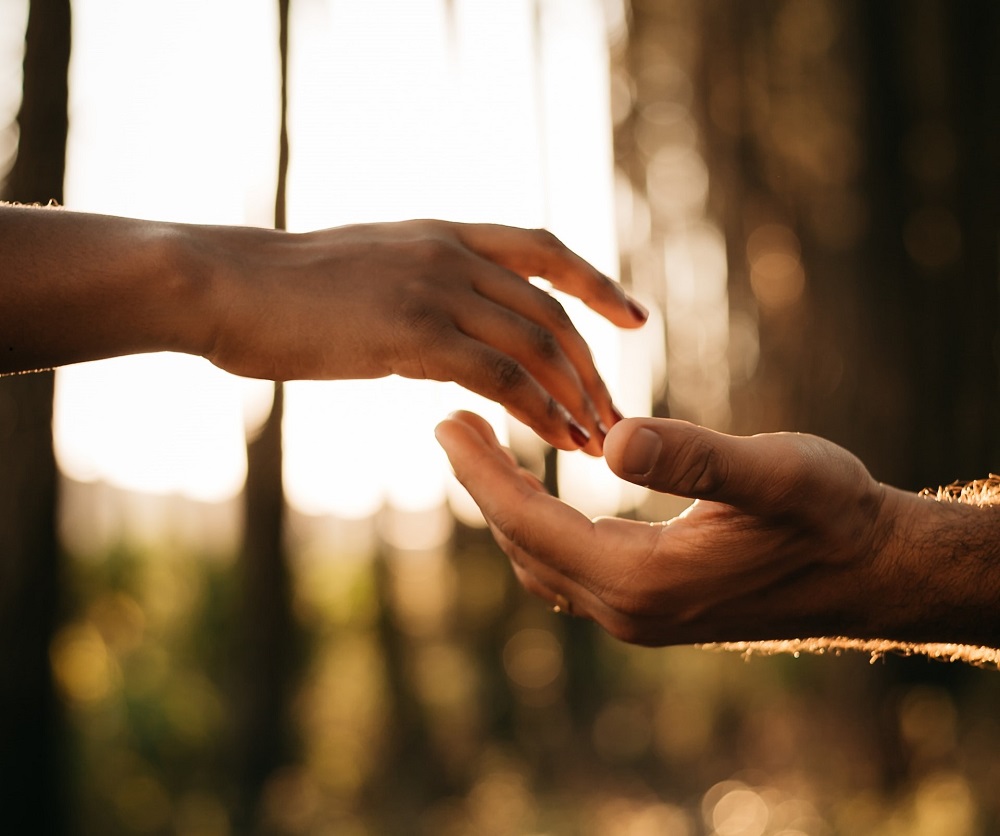
This transformation scene embedded itself in my mind when I watched the stage version as a kid. The effects of Tatterhood’s goat changing, her spoon turning into a fan with some sleight of hand, and her hood falling away to reveal a sparkling crown was so visually stunning that I still remember it. When she removed her rags to reveal her beauty, the prince’s shocked reaction made all the kids in the theater burst out laughing. So yes, the ending of this story left an impression on me.
But What’s the Big Takeaway?
I admit that I didn’t find much commentary on this fairy tale simply because it’s not very popular. The few takes I found were mostly people talking about how much they like Tatterhood, and even those readers despised the ending of her story. Of course these are modern feminist readers getting excited that the ugly, uncouth girl gets to smack around some witches, go on an adventure, and get the guy in the end. I can see how making Tatterhood beautiful all along was a major letdown for them.
But I’m not so sure this ending is a letdown for me. First of all, one should always approach fairy tales with a symbolic lens. In most of these tales, beauty equals goodness and ugliness equals evil. In the case of Tatterhood, her ugliness isn’t evil at all; it’s a comeuppance to punish her mother’s mistakes. Reading the fairy tale, you can kind of tell that Tatterhood has a secret all along. Maybe she knows that she appears ugly to people who deserve it—and beautiful to those willing to give her a chance?
This is purely my interpretation of the fairy tale, but I bet you anything that Tatterhood is beautiful only in the eyes of the worthy beholder. The fairy tale is pretty explicit that Tatter’s mother can scarcely bear to look at her, but perhaps she is not so frightful in the eyes of her sweet twin, who both respects and adores her. Similarly, Tatterhood’s appearance changes for the prince who decided, even against his better judgment, to marry her. Even if he didn’t want to, he still took the plunge. And in Beauty and the Beast fashion, this decision to tie the knot completely transforms his bride into the most beautiful woman of all.
Fairy tales are big on tests and rewards, and to me, this happy ending for the prince is a clear example of this. Even if Tatterhood has magical powers to make herself beautiful in the end, you have to admit that she’s still a cool character, hot or not hot.
Tatterhood: The Master of Her Own Fate
Ugly heroines in fairy tales are vanishingly rare, which I think is why Tatterhood is such a refreshing story. Not only is she distinct with her goat, hood, and spoon, she’s also extremely active in choosing her own destiny.
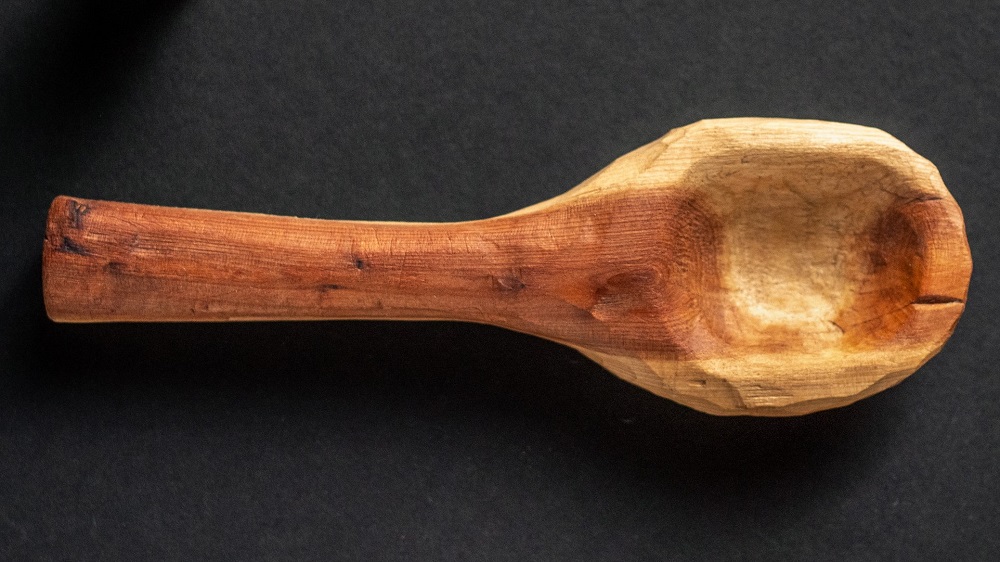
Tatterhood’s sweet twin sister follows the typical pattern of female royalty in fairy tales. She’s beautiful, passive, and namely a damsel in distress. Her one active moment—opening the window to see Tatterhood fighting the trolls and witches—ends in disaster with a snatched head. Then she ends up married to a man twice her age. A king, sure, but considering the guy has a son of marriageable age . . . well, don’t think about it too hard.
In stark contrast, Tatterhood is the twin of action. Not only is she the only named character in the entire story, she’s also completely in control of her own fate. Her first act is to ride out of her mother‘s womb (another detail you really shouldn’t dwell on). At every turn in the story she flouts the rules and does things her way. She refuses to be shut away from the world, choosing instead to battle trolls, sail a ship, beat up some witches, and arrange her own marriage with a young, handsome prince. Such initiative is practically unheard of for a fairy tale female.
At Every Turn, Tatterhood Is Refreshingly Subversive
I think at its heart, this is a story about why we shouldn’t be so quick to judge by appearances. Even an ugly girl on a goat can still usher in salvation and goodness. Two sisters who look nothing alike can find joy in their bond. A gluttonous queen can still have two children who turn out just fine. And even a shallow prince can look deeper if he marries the right girl.
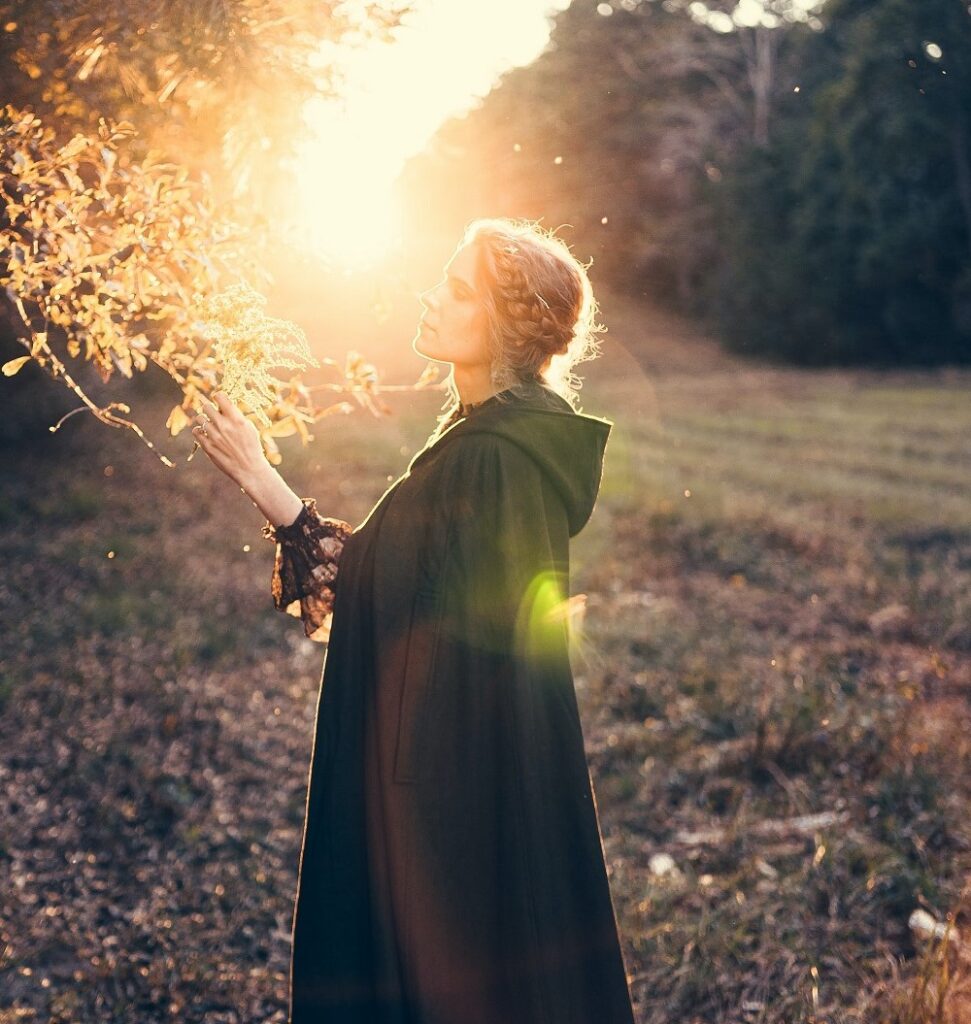
In the end, this story is both hopeful and wacky. And really, what girl doesn’t dream of riding into battle with her goat and her war-spoon? And getting a dreamy guy to boot? It’s official: we all just want to be Tatterhood. ❧

